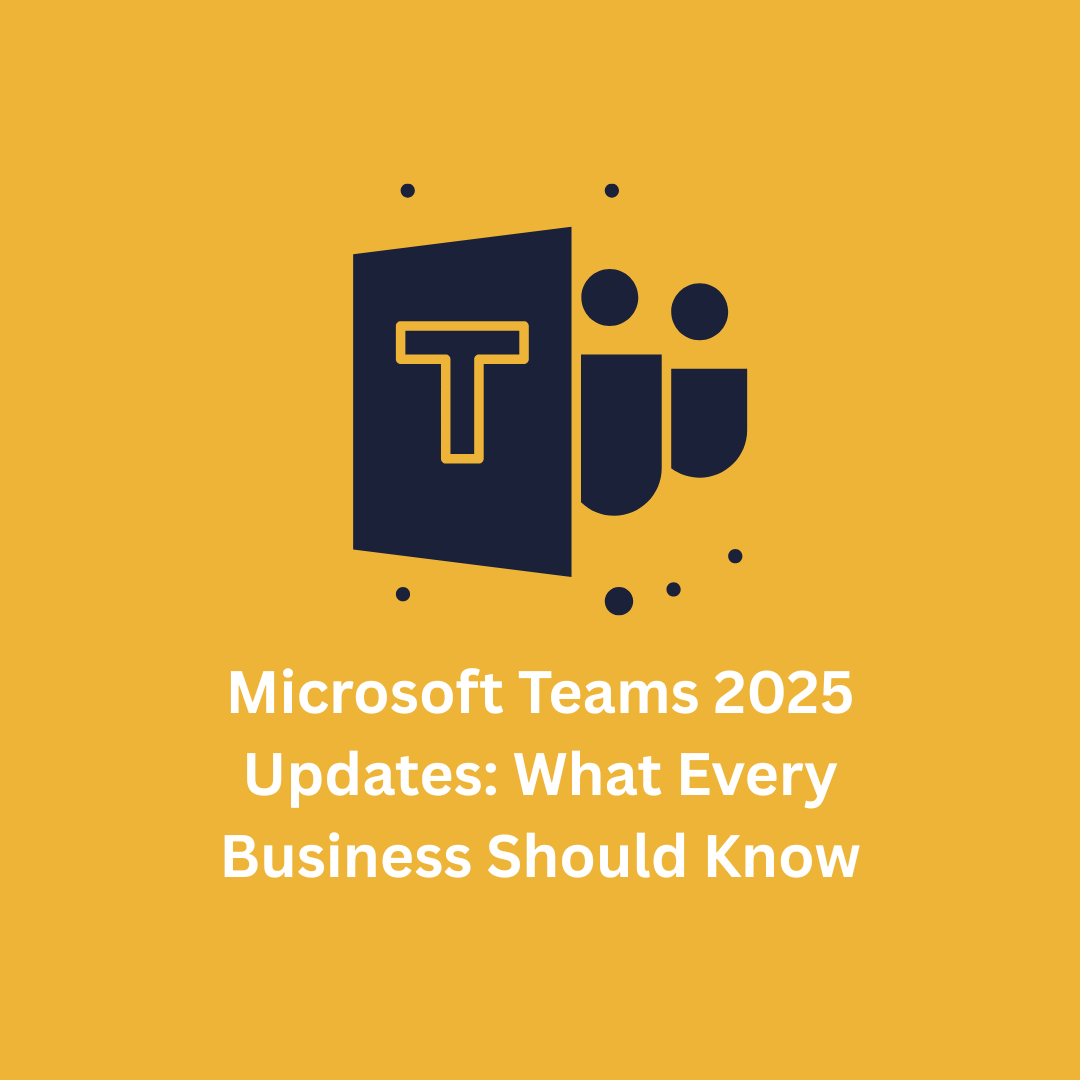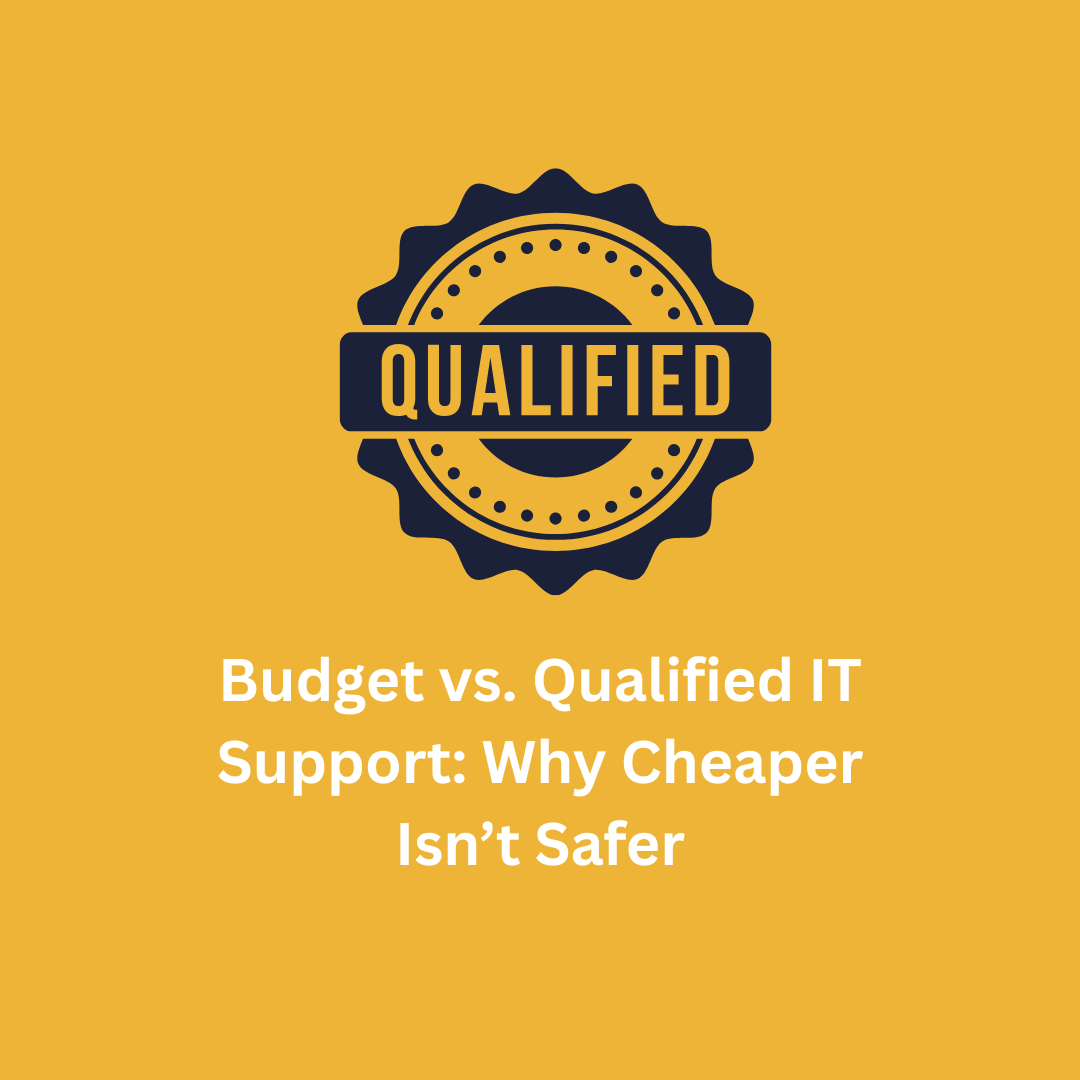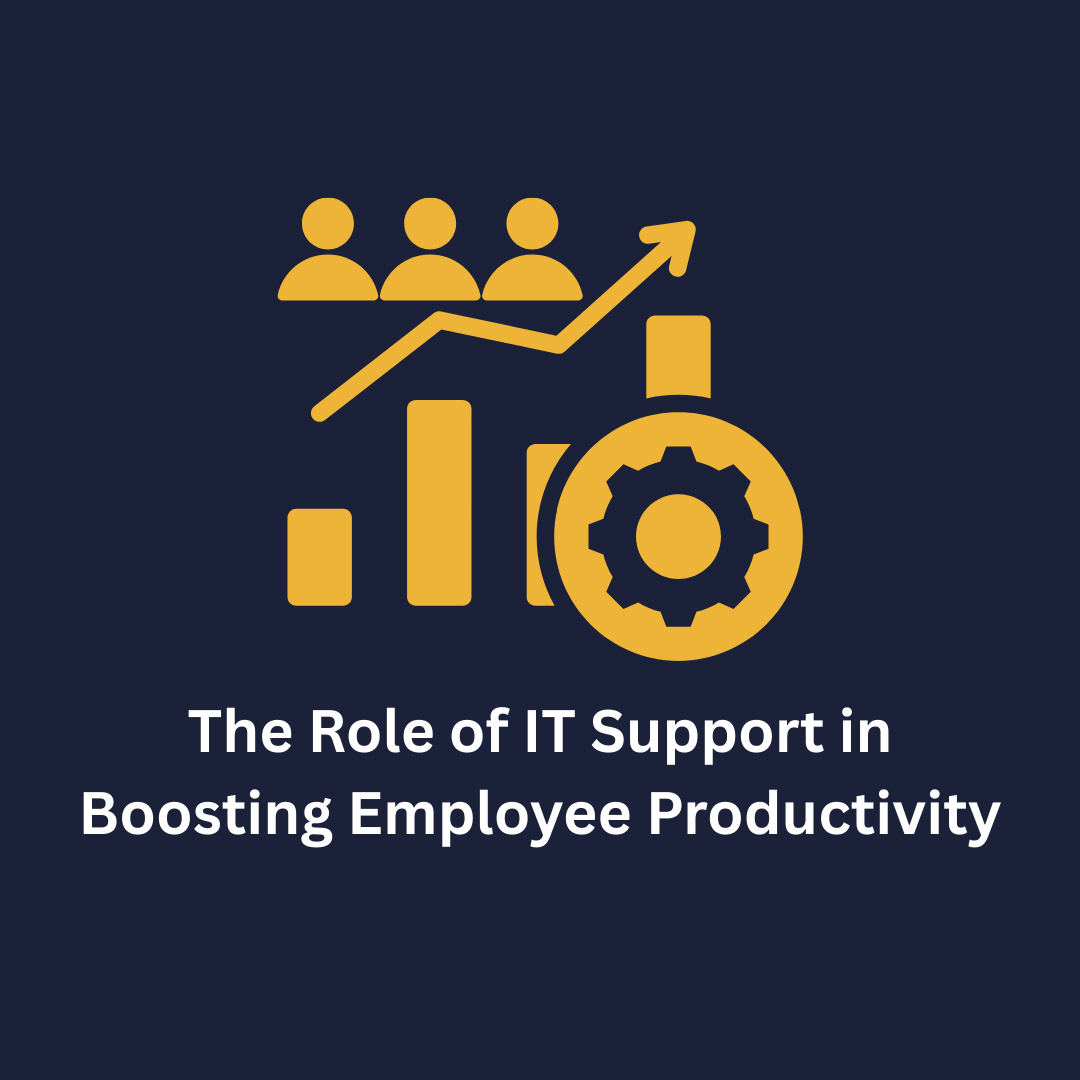Break-Fix vs. Managed IT Services: Which Approach Really Saves Your Business Money?
Running your company’s technology is a lot like maintaining a high-performance vehicle. Do you wait for the engine to fail before calling a mechanic, or do you schedule regular tune-ups to prevent costly breakdowns? The same principle applies to your business IT: reactive break-fix support or proactive Managed IT Services. But which model actually saves money—and reduces risk—over the long term?
________________________________________
A Costly Lesson in IT Downtime
Consider a mid-sized manufacturing company that experienced a critical server failure. Operations were halted for two full business days, and their reactive break-fix provider took hours to respond. By the time the issue was resolved, the company had lost thousands of dollars in revenue, productivity, and client trust.
Had they been on a Managed IT Services plan, the problem could have been detected early and resolved proactively — preventing downtime and minimizing financial and operational impacts. This real-world scenario highlights the difference between reacting to IT problems and preventing them before they happen.
________________________________________
Break-Fix vs. Managed IT Services: The Key Differences
Break-Fix IT Support: Pay for service only when something breaks. While there’s no ongoing fee, repair costs are unpredictable and can be expensive — especially when downtime affects productivity and revenue.
Managed IT Services: Outsource your IT department to a dedicated team providing 24/7 monitoring, proactive maintenance, cybersecurity, and strategic IT planning for a predictable monthly fee.
At first glance, break-fix may appear cheaper. But factoring in downtime, lost productivity, emergency repairs, and security risks shows that Managed IT Services often save more money and headaches in the long run.
________________________________________
Why Downtime Costs Your Business More Than You Think
IT outages are expensive—sometimes thousands of dollars per minute. Beyond the fiscal impact, downtime disrupts operations, damages your reputation, and may create compliance issues in regulated industries.
Proactive IT support prevents these risks by:
• Maintaining systems consistently
• Detecting vulnerabilities before they become crises
• Minimizing disruptions to keep your team productive
________________________________________
5 Signs It’s Time to Switch from Break-Fix to Managed IT Services
1. Frequent Downtime: Recurring crashes or outages signal failing technology that needs proactive management.
2. Unpredictable IT Costs: Emergency repairs are expensive and hard to budget for. Managed services provide predictable monthly pricing.
3. Slow Response Times: Every minute of downtime costs money. If your provider takes hours or days to respond, your business is at risk.
4. Security Concerns: Cyber threats evolve constantly. A break-fix approach leaves your business vulnerable to attacks.
5. No IT Strategy: Break-fix only fixes immediate problems. A strategic Managed IT Services partner aligns technology with your long-term business goals.
________________________________________
Choosing the Right Managed IT Services Provider
When selecting an MSP, consider:
• Proactive Monitoring & Maintenance: Real-time system monitoring and preventive care
• Scalability: Services that grow with your business
• Cybersecurity Expertise: Protect your data from evolving threats
• Strategic IT Planning: Long-term guidance, not just short-term fixes
• 24/7 Support: Quick resolution whenever problems arise
________________________________________
Take Control of Your IT Costs
At Honorbound IT, we provide Managed IT Services that keep businesses in Nebraska, Kansas, and Colorado running smoothly, securely, and efficiently. With our proactive approach, you minimize downtime, strengthen security, and gain a partner who helps plan for both everyday operations and long-term growth.
📞 Don’t wait for a disaster—call 877-686-6642 today to schedule your FREE consultation. Let’s help you optimize your IT strategy, reduce costs, and safeguard your business for the future.
















.png)























































































